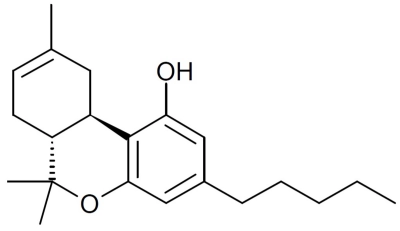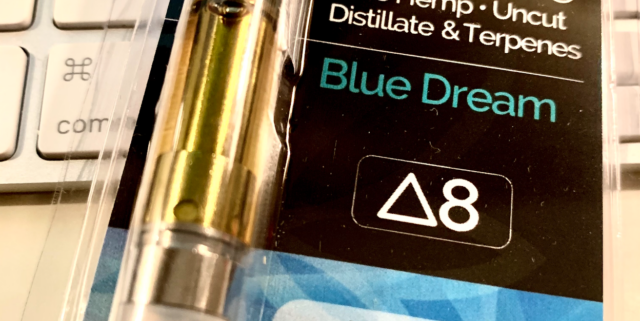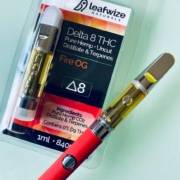Popular Question Answered: What is Delta-8 THC?
What is Delta-8 THC?
For years, the producers, processors, distributors, marketers, regulators, and consumers of cannabis have focused primarily on only two molecules produced by the plant: Tetrahydrocannabinol (THC) and cannabidiol (CBD). Both are sold by thousands of companies in the United States, United Kingdom, and Canada.
As a wave of medical and adult use marijuana legalization reaches beyond North America to the far corners of the globe, companies are beginning to promote and exploit additional wellness molecules produced by cannabis and hemp. Creative entrepreneurs and product formulators are seeing the advantages, both financially and legally, of leveraging molecular options beyond CBD and THC.
The Big Picture
The cannabis/hemp plant species produces three primary families of wellness molecules that, together, number in the hundreds. There are approximately 146 cannabinoids, 20 flavonoids, and 200 terpenes—the majority of which have demonstrated significant medicinal efficacy, as revealed by thousands of peer-reviewed research studies since the late 18th century.
Before delving into the details of delta-8 THC, it is important to properly frame the topic. The correct perspective includes an understanding of the technical distinction between hemp and cannabis and the way in which cannabinoids and terpenes are grouped and named by scientists.

Understanding Molecular Analogs
Most cannabis consumers are ignorant of the fact that the chemical compounds produced by cannabis are members of small groups called analogs (sometimes cited as isomers in research literature). In fact, the CBD family features seven distinct analogs, as does the cannabinoid cannabigerol (CBG).
THC is no exception. The analog with which most consumers are familiar is the infamous delta-9 variant (technically called the neutral analog), which produces sometimes significant psychoactivity. There’s also the acidic precursor THCA, which conveys no psychoactivity but significant wellness benefits and is popular as a juiced edible.
Yet another THC analog is the varin version, THCV, which conveys greater psychoactivity than delta-9, but only at more potent doses. An Italian research study published in December 2019 discovered additional THC and CBD analogs, THCP and CBDP, respectively (the researchers dubbed them the phorols). Delta-8 THC is yet another member of this collection of molecular analogs.
While molecular analogs sometimes share many of the same effects when consumed by humans (such as changes in inflammatory response or an alleviation of depression or pain), such homogeneity cannot be assumed. For example, while delta-8 and delta-9 THC both stimulate appetite, THCV decreases it! Another frequently confusing feature of cannabinoids is a characteristic called the biphasic response curve. This mechanism involves a molecule producing one effect at a low dose and a different—and sometimes polar opposite—effect at a stronger dose.
A good example of the mechanism of biphasic response curves is delta-9 THC. At low doses, this molecule is known for helping consumers manage and reduce stress (“Netflix and chill, dude”). At more potent doses, however, the same molecule can cause increases in anxiousness, paranoia and even result in panic attacks.
In the end, the differences between cannabinoid analogs are good because they provide additional options to patients and lifestyle consumers. Certain diseases and patients undergoing chemotherapy sometimes experience extreme nausea and lack of appetite, which can lead to malnutrition and worsen their health. Wellness molecules that may function as effective appetite stimulants would be of obvious value to such consumer populations.
—
Read more about Delta-8 here: https://www.higherlearninglv.co/post/cannabinoid-clinic-delta-8-thc

 curt robbins
curt robbins Leafwize
Leafwize slyng
slyng

 slyng
slyng
Leave a Reply
Want to join the discussion?Feel free to contribute!